What Is Injection Grouting?
Important Point
Injection Grouting is defined as the process of filling the cracks, voids under pressure in the structural members for repairing the cracks and strengthening the damaged or deteriorated masonry structures.
In the process of grouting, the cracks and the voids are get filled with the help of grouting material which will get subsequently hardened.
Injection grouting is a similar process as the injection of an epoxy.
Grout is basically a flowable plastic material that has low shrinkage and is widely used for filling voids or gaps completely and will remain stable without cracking.
There are different types of Grounds which are used for repairing and strengthening the masonry structure members.
The selection of the types of grout for the masonry repairing work depends upon the compatibility of the grout with the original material.
Also, read: What Is Grouting | Types of Grouting | Advantage of Grouting
Types of Injection Grouting
- Polymer Injection Grouting
- Cement Sand Grouting
- Gas-Forming Grouting
- Fibre Reinforced Injection Grouting
- Sulfo-Aluminate Grouting
1. Polymer Injection Grouting
Polymer injection grouting is mainly done with the help of polymers like polyester epoxy, vinyl ester, polyurethane, and acrylic resins.
The polymer is widely used epoxy grout. Polyurethane and acrylic resin Polymers are generally used for repairing of water retaining structures and underground structures as well as to prevent the seepage of water.
The polymer injection grouting is available in in the following grout materials
- Liquid Resin Content
- Curing Agent or Hardener
- Aggregate or Dry Filler
- This types of injection grouting are suitable for concrete repairing work.
There are different types of polymer-based injection grouting are available
Also, read: What Is Cover in Concrete | Clear Cover in Beams, Slab, Column, Footing
Types of Polymer-Based Injection Grouting
- Epoxy-Based Injection Grouting
- Acrylic Polymer Based Injection Grouting
- Lignosulfonate Based Injection Grouting
1. Epoxy-Based Injection Grouting
It is a non-resistance to ultraviolet exposure and high temperatures, it is a non-shrinkable, effective in sealing the cracks, and has good bonding with every construction material.
2. Acrylic Polymer Based Injection Grouting
It has improved structural as well as tensile properties and also resistant to cracking, segregation, and imperviousness.
5. Lignosulfonate Based Injection Grouting
This types of injection grouting help to compensate for drying and plastic shrinkage.
Cement Sand Grouting
Cement sand grout is one of the most popular and widely used groutings for the repair of concrete and masonry structures.
This grout is used where strength enhancement of the structures is not essential. It is very easy to use and readily available in the market.
The cement, sand grouting method required a higher amount of water and cement content. The use of cement sand grouting will result in shrinkage and cracking of grouting at the hardening stage.
Also, read: Mortar Vs Grout | What Is Motor and Grout | Types of Motor and Grout | Difference Between Mortar and Grout
Gas-Forming Grouting
The gas-forming injection grouting basically works on the principle that the gas Bubbles expand the grout to compensate shrinkage of grout after its application.
This types of gas Bubbles will develop a reaction of some ingredients with the cement slurry.
The gas-forming grouts are very sensitive to the temperature so that it cannot be used for the places where the temperature is very high.
It requires proper confinement in order to develop good strength and volume stability. The reaction forming the gas bubbles is very fast and it will complete before placing the grout.
Fibre Reinforced Injection Grouting
Fibre-reinforced concrete is widely used for repairing the concrete structures as well as masonry structural members.
Fibres such as polypropylene, steel, or glass fibres are generally used for Portland cement to repair and strengthen the structural members. Fibre-reinforced injection grouting provides good flexural strength, resistance to impact, and ductility.
This types of injection grouting required skilled labour.
Sulfo-Aluminate Grouting
Sulfo-aluminate grouting is based on the principle of shrinkage compensation.
In these types of grouting, the shrinkage compensating cement or anhydrous Sulfo-aluminate expansive additives are used.
This helps to produce expansion after the grout has set and it is more reliable than gas-forming grouts.
This types of grouting are not effective if it is not provided with proper moist curing.
Grouting Material
Properties of grouting material
- The material which is used for grouting should be non-shrinkable.
- The grouting material should expand when it is filled in the cracks or voids.
- The grouting material should be capable to sustain compressive loads.
- It should have good tensile strength and vibratory load resistance.
- It should richest the entry of moisture and easy to apply.
Also, read: What Is Honeycomb In Concrete | Cause | Cure | Types of Grouting
Different Types of Grouting Materials
- Cement grout or cement-based mortars.
- Cement sand with additive grouts.
- Polymer Modified cement grout.
- Epoxy resin.
Advantages of Injection Grouting
- Injection grouting is very easy and convenient to use.
- Injection grouting is an environment-friendly process.
- It is suitable for repairing cracks and filling voids in structural members.
- It provides strength and stability to the masonry structural members.
- The injection grouting process is economical.
- There is no wastage of material in the injection grouting process.
Process of Injection Grouting
as per below processes of injection grouting
- Drilling Holes on the Surface
- Cleaning the Holes and Cracks
- Sealing the Cracks Between the Holes.
- Grout the Hose Connections
- Injecting Grout in the Cracks
Step – 1. Drilling Holes on the Surface
Drill the holes or ports in the cracks at a regular interval. The distance between the two ports depends upon the types of cracks.
For fined cracks, the distance between two ports ranges from 150 mm to 200 mm and the distance between ports in major cracks ranges between 300-400 mm.
Step – 2. Cleaning the Holes and Cracks
Before starting grouting it is very important to clean and flush the cracks and holes properly.
Cleaning can be done manually or by using a vacuum to clean the cracks. The cracks should besprinkle with water.
It is very essential to clean it properly to establish a strong bond and gain maximum strength.
Step – 3. Sealing the Cracks Between the Holes
The crack between the ports should be filled with epoxy, polyester or cementitious materials.
Allow the seal to hardened and then start the further process of grouting.
Step – 4. Grout the Hose Connections
Fix the nipple or pipe in the holes and seal it by applying cement paste around such that it cannot move from its place.
Step – 5. Injecting Grout in the Cracks
Inject the grout material in the crack or voids with the help of an Injection Grouting machine. It should be filled with pressure.
Injection grouting required skilled labour. The temperature on the site is also considered while the process of grouting.
Applications of Injection Grouting
- It is used to reduce or fill the cracks or voids in the structural members.
- It is generally used for repairing the cracks in walls columns and other structural members.
- It is also used for providing finishing to the wall.
- Injection grouting is used to repair the damage in the structural or masonry members.
- Injection grouting is best suitable for honeycombing.
- Injection grouting is used to repair and strengthening the damaged areas.
- It is also used for making walls waterproof.
Types of Injection
- Subcutaneous (into the fat layer between the skin and muscle)
- Intramuscular (deep into a muscle)
- Intravenous (through a vein)
Grouting Injection
Injection grouting is a process of filling the cracks, open joints, voids, or honeycombs, in concrete or masonry structural members, under pressure with a material that cures in place to produce the desired results like strengthening a structure and prevent water movement.
Polymer Grouting
Polymer tile grout is cement-based with added polymers that are activated once they hit water. The chemical reaction increases the grout’s water, abrasion, and chemical resistance and adds an incredible amount of strength. Polymer tile grout is a single component material that is completely stain proof.
Injection Grout
Injection grouting is a process of filling the cracks, voids or honeycombs under pressure in concrete or masonry structural members for repairing of cracks, strengthening of damaged concrete or masonry structural members.
Grouting Waterproofing
Pressure grouting is defined as an injection under pressure of fluid material into fractures and cavities in rock, soils or artificial structures. Concrete grout is then pumped into the holes at high pressure until the concrete comes into contact with the existing foundation.
Epoxy Injection Grouting
Epoxy Injection Grouting – a constructive crack repair method. The Epoxy injection grouting method consists of a solvent-free base material called epoxy resin and a low viscosity liquid hardener. Epoxy Injection grouting helps to fill the joints, cracks, and spaces between old piping and new pipe.
Grout Injection
Grout injection, otherwise referred to as injection grouting, is an effective method for repairing or strengthening masonry walls. This technique involves low-pressure injection of fine hydraulic lime grout into cracks, voids, and cavities within the masonry.
Epoxy Injection Grouting for Concrete Repair
Epoxy grouting is performed at cracks to maintain aggregate interlock and ensure a monolith; thus minimize the seperation/ relative movement due to thermal effects/ flexural stresses on concrete at the cracks. It is used at the cracks to keep the slabs from separating.
Polyurethane Injection Grouting Contractors
Polyurethane injection grouting contractors are commonly hired for a range of applications, including:
- Concrete crack repair
- Soil stabilization
- Water leak sealing
- Void filling
Crack Injection Grouting Techniques
Injection grouting is the method of filling the cracks, open joints, voids, or honeycombs, in concrete or masonry structural members. This is done under pressure with a grout material that cures in place to produce the desired results like strengthening a structure and preventing water ingress.
Injection Grouting Equipment Suppliers
Here are some well-known suppliers of injection grouting equipment:
- Atlas Copco
- Sika
- Graco
- ChemGrout
- Alchemy-Spetec
- Prime Resins
- Avanti International
- Power Grout
Injection Grouting Techniques for Waterproofing
PU Injection Grouting Process:
- Drill the Holes on the Surface. Drill the ports or holes in the cracks at a regular interval.
- Seal Cracks Between Ports. Fill the crack between the ports with polyester, epoxy, or cementitious materials.
- Clean Cracks and Ports.
- Grouting the Hose Connection.
- Injection Grouting on the cracks.
Structural Injection Grouting Services
Structural injection grouting is a technique used to strengthen, repair, or waterproof various structures such as buildings, bridges, dams, tunnels, and underground infrastructure. It involves injecting grout material into cracks, voids, or gaps in the structure to improve its stability, prevent water infiltration, or restore its load-bearing capacity.
Cement Grouting
Cementitious grouting is a process in which a fluid cementitious grout is pumped under pressure to fill forms, voids, and cracks. It can be used in several settings including bridges, marine applications, dams, and rock anchors. The grouted mass has an increased strength, stiffness, and reduced permeability.
Grouting Concrete
Grouting concrete is a process used to fill voids or gaps in concrete structures. It involves injecting a fluid grout material into the spaces to improve the structural integrity, seal joints, or provide support. Grouting is commonly used in construction and civil engineering projects, particularly for repairing cracks, stabilizing foundations, or strengthening structures.
Grouting Meaning
Grouting is a construction process that involves filling the gaps or voids between tiles, bricks, or stones with a dense, fluid material known as grout. The primary purpose of grouting is to provide stability, support, and a visually appealing finish to the tiled surface.
Nipple Grouting
The term “nipple grouting” typically refers to the process of injecting grout or a similar material into the space between a pipe or fitting and its surrounding structure. The grout material used is usually a mixture of cement, water, and additives that provide the desired properties such as flowability, strength, and durability.
What Is Grouting in Concrete?
The method of using grout to repair cracks in concrete, fill gaps in tiles, seal joints and stabilize the soil, etc. is called grouting. Grouting is used to provide additional strength to a building’s foundation and structure.
How Many Types of Injection?
Learn about the 4 types of injection: intradermal, subcutaneous, intravenous and intramuscular injections, and what they are used for in Singapore.
How to Inject Grout?
Injecting grout typically involves using a grout injection pump or a grout gun. The process may vary depending on the specific application, but here is a general guideline for injecting grout:
- Prepare the Area
- Mix the Grout
- Load the Grout
- Prime the Pump or Gun
- Start Injecting
- Control the Flow
- Fill Voids and Cavities
- Smooth the Surface
- Clean the Equipment
Like this post? Share it with your friends!
Suggested Read –
- Types of Tunnels
- West Point Bridge Designer
- Introduction of Gantry Girder | Load on Gantry Gutter | Types of Load on Gantry Gutter
- What Is Self Compact Concrete | What Is U Box Text | Equipment U-Box Text | Procedure U-Box Text
- Plaster Calculator | How to Work Plaster Calculator | What Is Plaster Calculation | How to Plaster Calculation for Wall
- What Is Diversion of Headworks (Rivers) | Types of Diversion Headworks | Component Parts of Diversion Headworks (Rivers)
- What Is Self Compact Concrete | Equipment V-Funnel Test | Procedure V-Funnel Test. | Procedure for V-funnel flow time at T5 mm
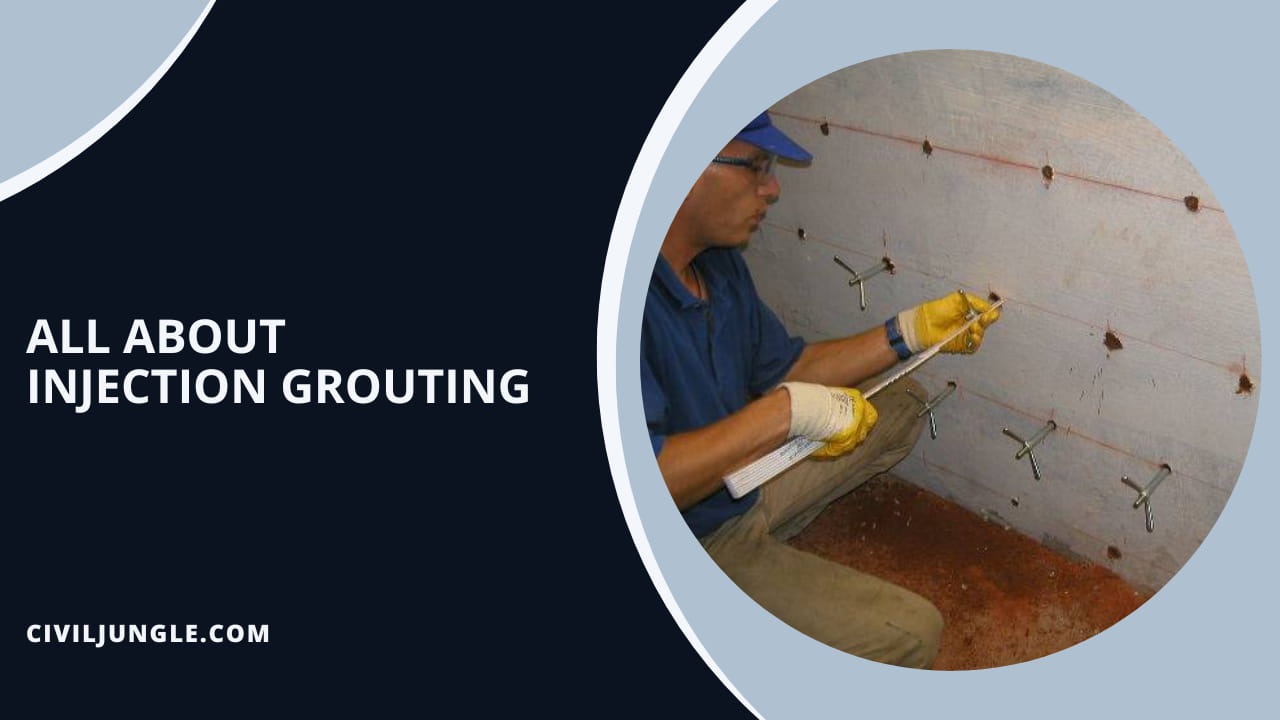
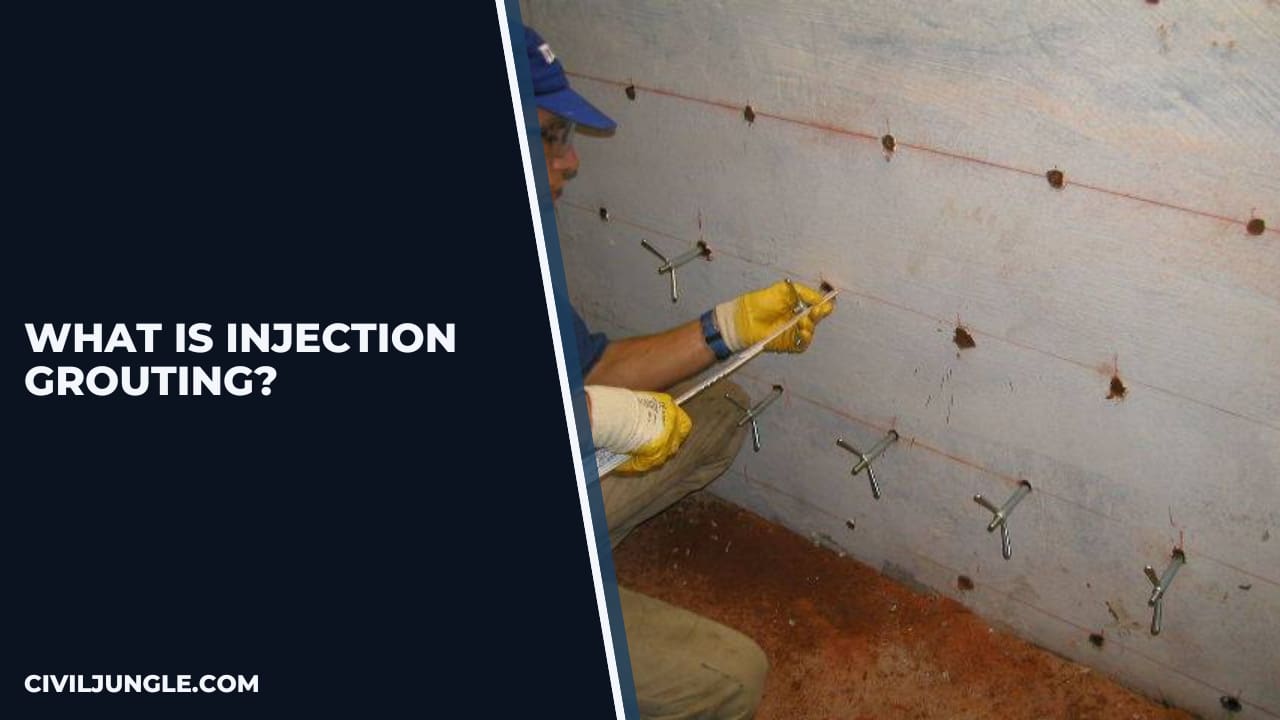
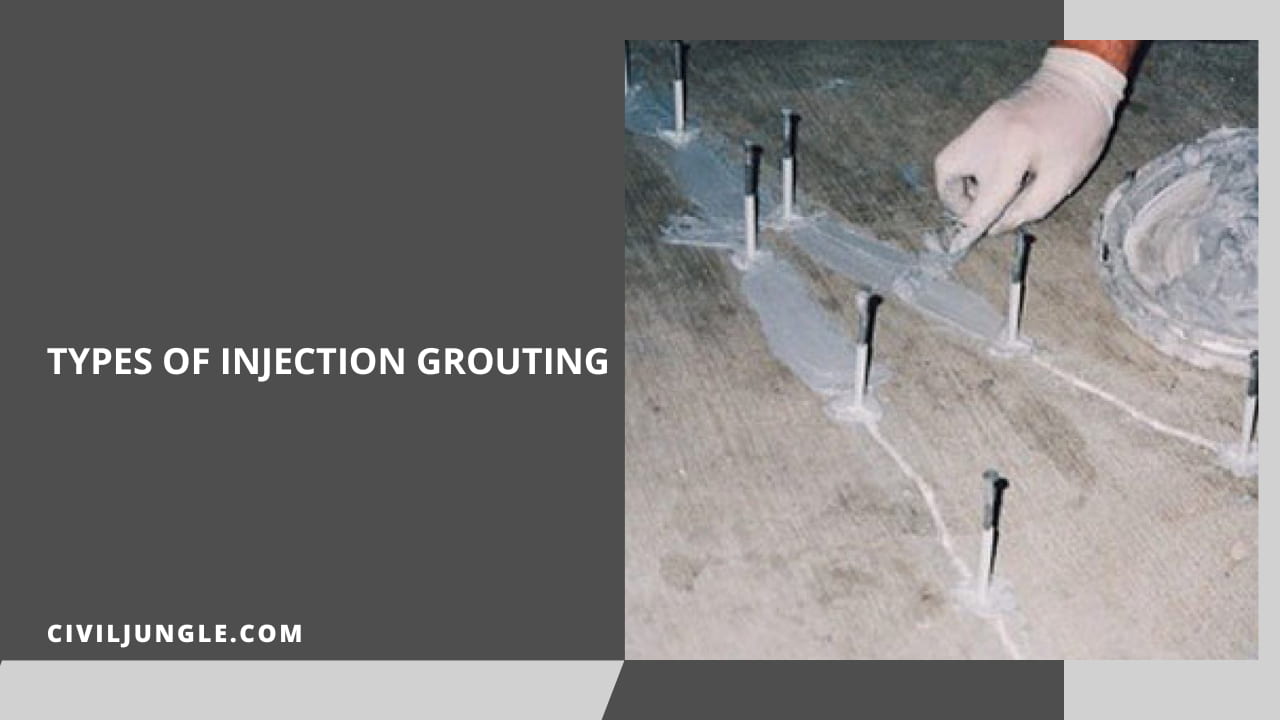
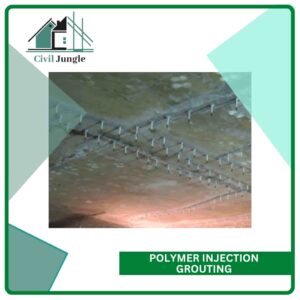
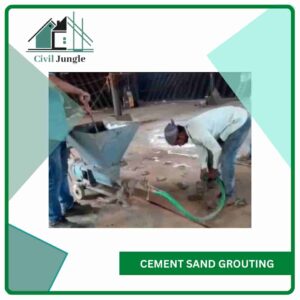
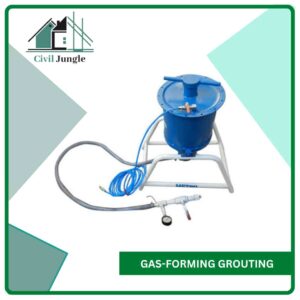
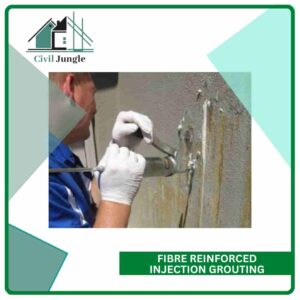
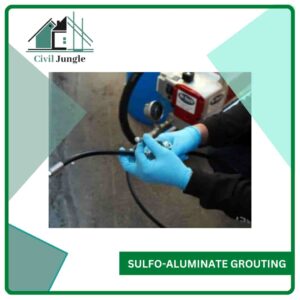
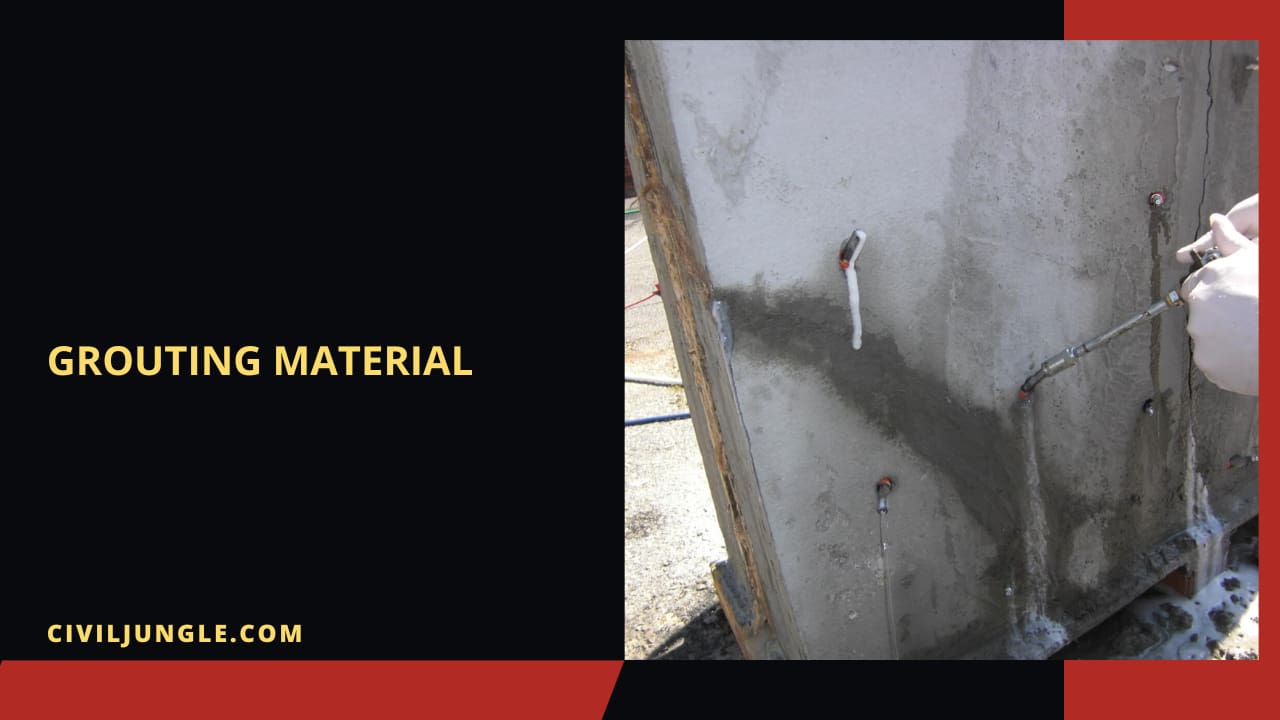
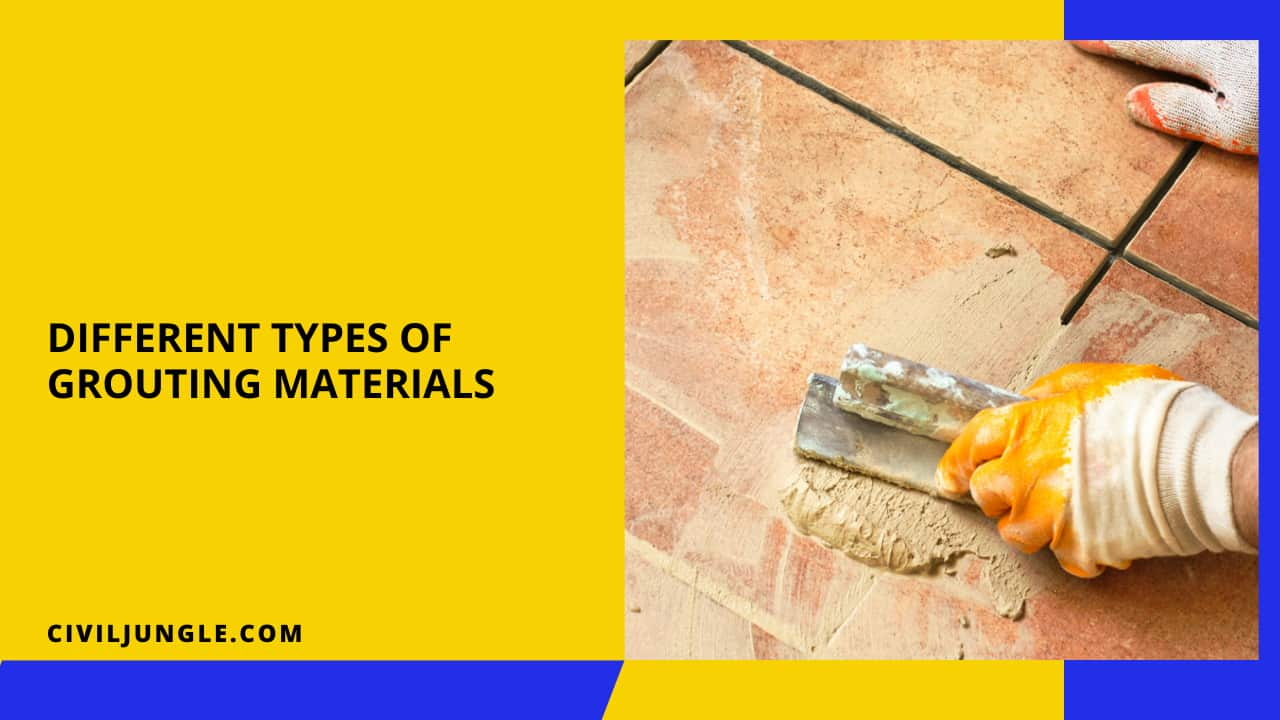
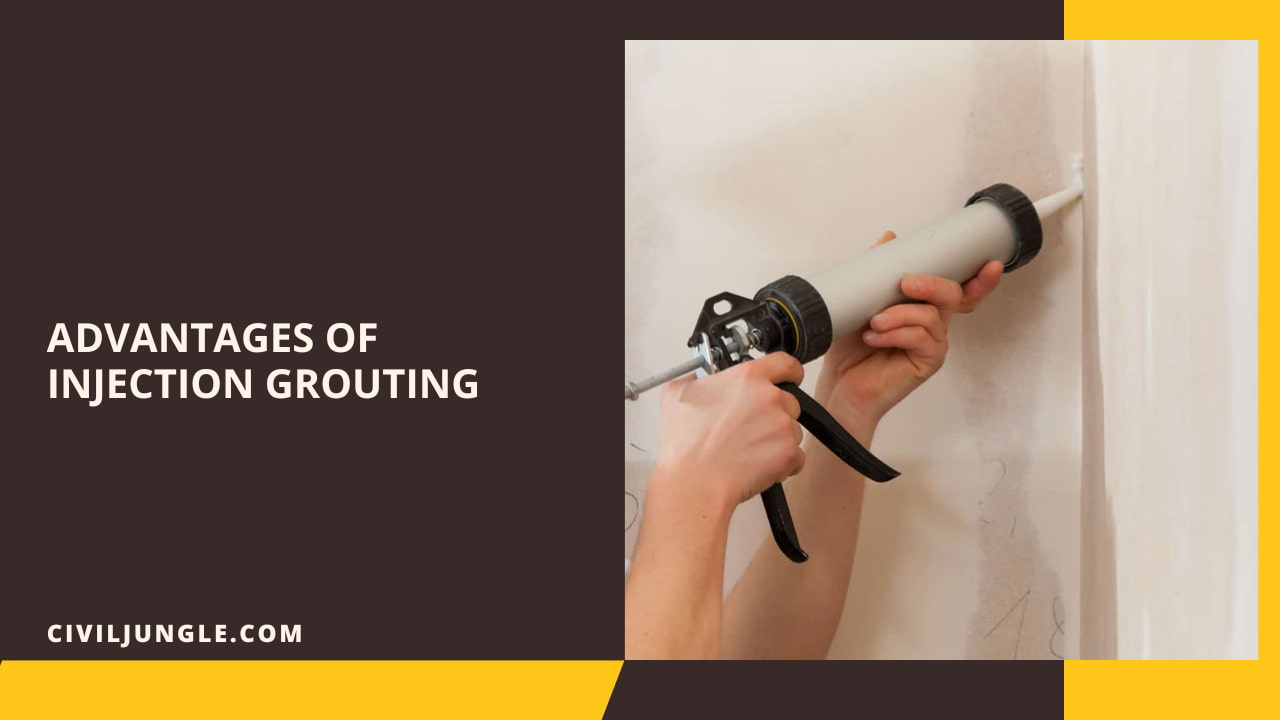
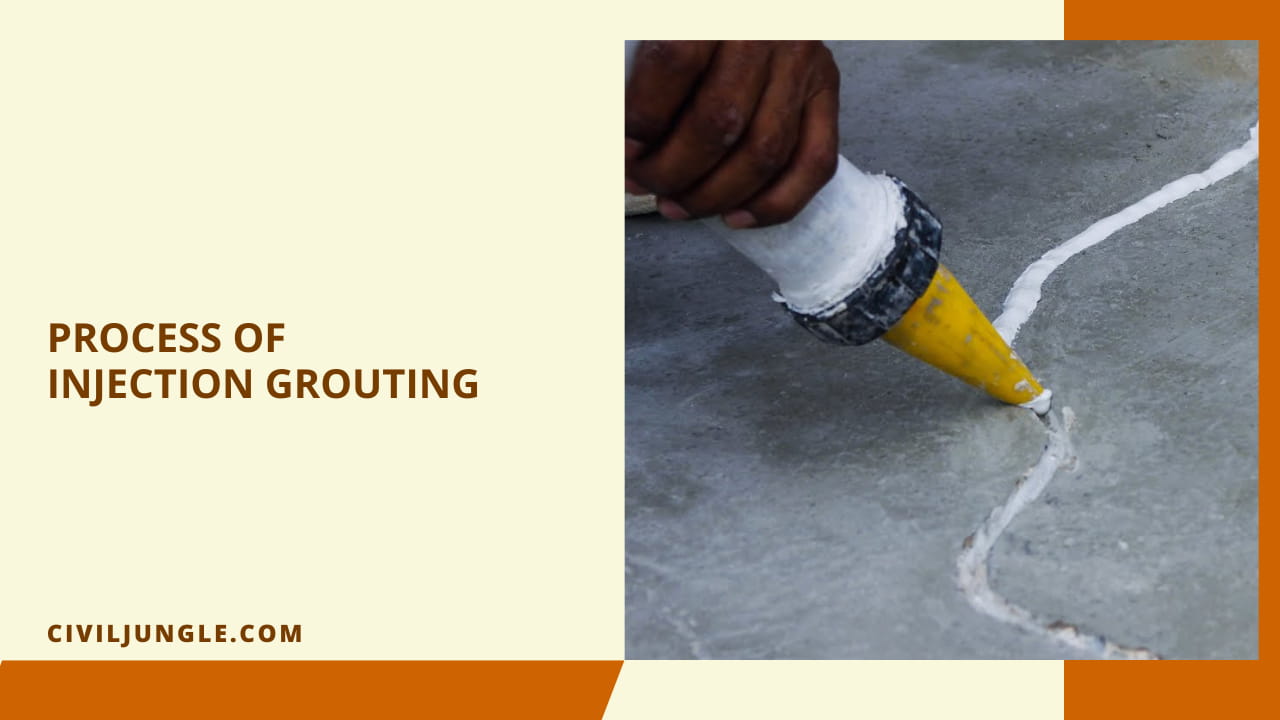

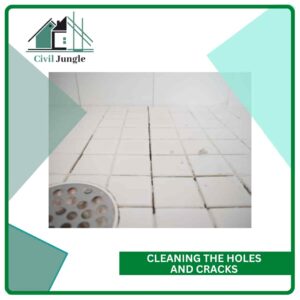
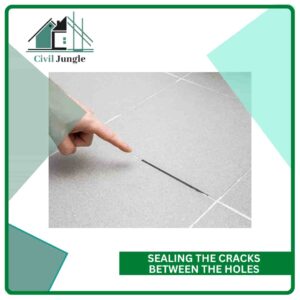
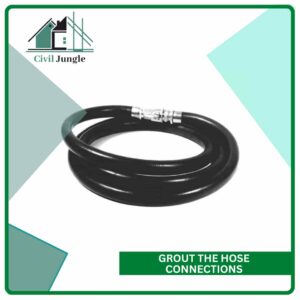
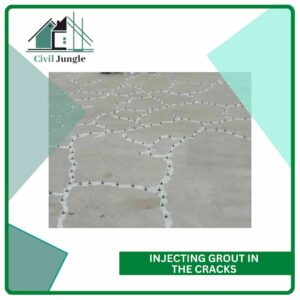


Grouting is an integral part of the construction. However, it is a complex and challenging job. It requires careful processing. From the mixing up of grouting mixture to use it properly, everything must be taken care of with detailed attention. Grout is a mixture of water, sand, cement, and other construction chemicals. This mixture is filled in the gaps during construction. One such way of filling the gaps is by using grout injections.
This article is greatly helpful in understanding grout injections.
Thank you so much for sharing your valuable views on this topic. This blog help me out and gives me lots of knowledge.
Thank you so much for sharing your valuable views on this topic. This blog help me out and gives me lots of knowledge. We also deal in Spray paint machines, Tile cutting machines , wood sander, wall sander, road marking machine and more products, if you or anyone want to connect with us then connect with us at https://alphaeqpt.com/